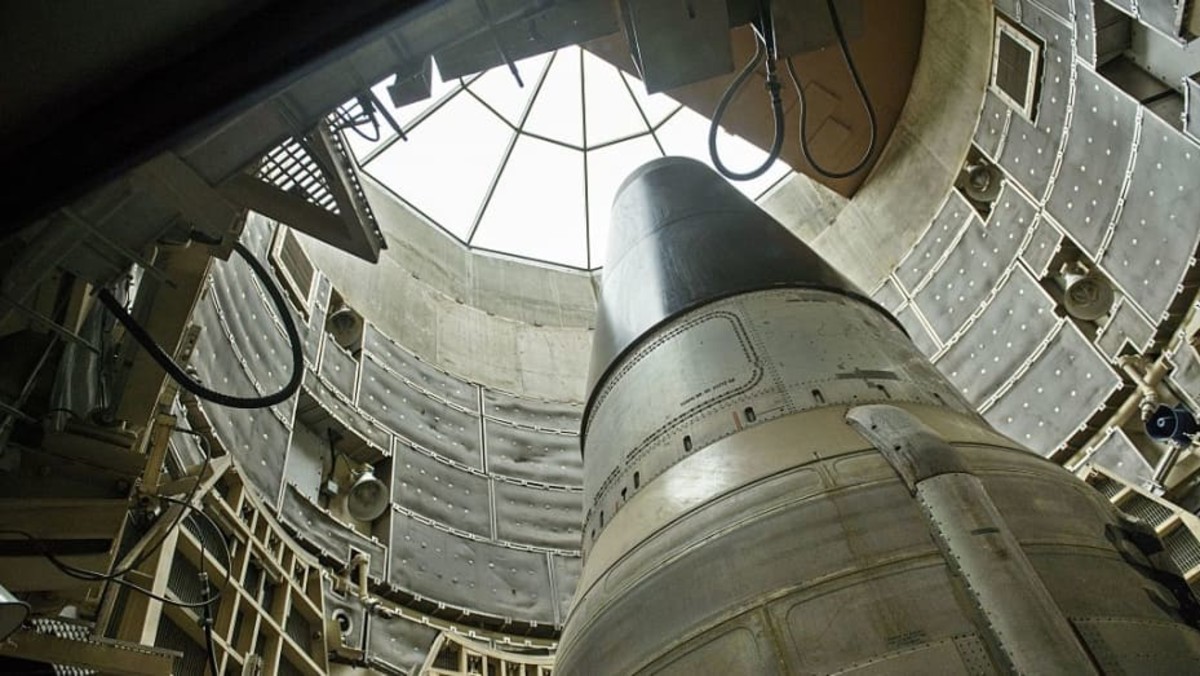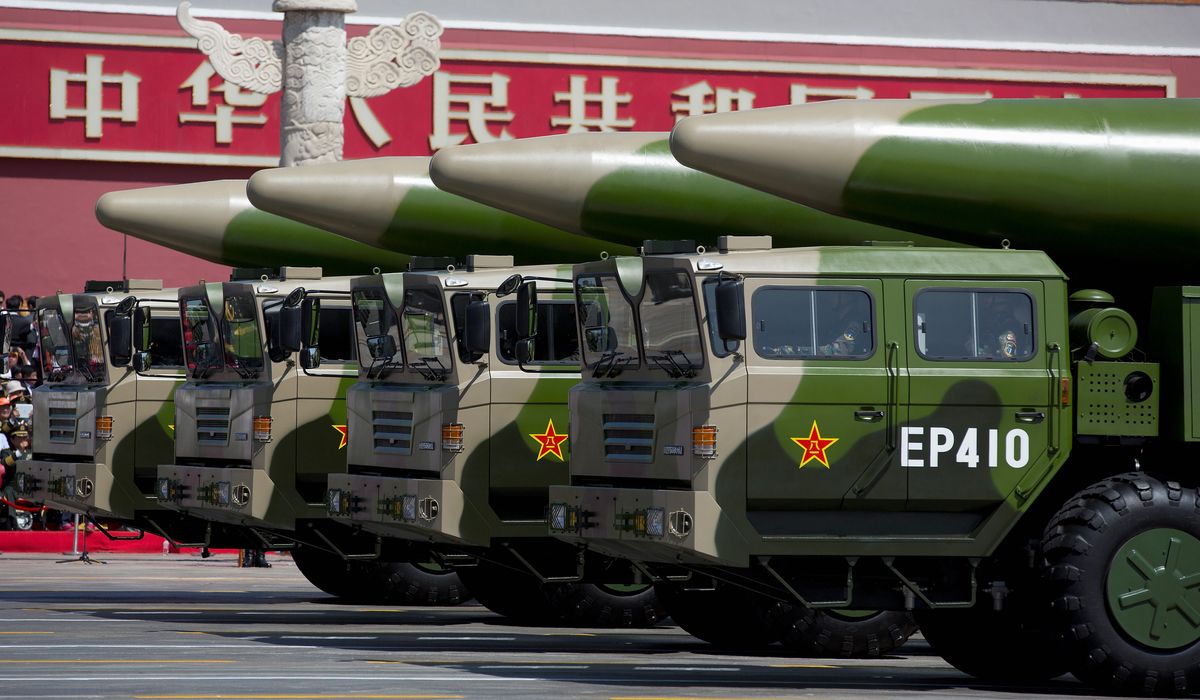kaiserd
I really should change my personal text
- Joined
- 25 October 2013
- Messages
- 1,657
- Reaction score
- 1,726
Why is that key precisely?
By your own dubious reasoning what would it matter if a torpedo destroying a US SSBN happened to be nuclear tipped or not?
The US would have to decide if it retaliated after the intentional destruction of that critical asset and US lives irrespective of that aspect.
Similarly would it really matter if the US ICBM force was taken out by a conventional attack or nuclear attack, of, say hypersonic weapons deliver via an opponents ICBM force?
And what are the chances that a another nuclear power could simultaneously take out the entire US SSBN force?
And at the level of technical advance required to do that with any level of high probability - wouldn’t fixed or even mobile ICBMs have long since been subject to that same level of high probability of attack and destruction?
Some topics here appear more driven by individuals likes (ICBMs, love them, let’s have more) and dislikes (let’s pretend the US doesn’t have by far the most powerful SSBN force in the world, I hate them) than anything approaching a real rational discussion.
By your own dubious reasoning what would it matter if a torpedo destroying a US SSBN happened to be nuclear tipped or not?
The US would have to decide if it retaliated after the intentional destruction of that critical asset and US lives irrespective of that aspect.
Similarly would it really matter if the US ICBM force was taken out by a conventional attack or nuclear attack, of, say hypersonic weapons deliver via an opponents ICBM force?
And what are the chances that a another nuclear power could simultaneously take out the entire US SSBN force?
And at the level of technical advance required to do that with any level of high probability - wouldn’t fixed or even mobile ICBMs have long since been subject to that same level of high probability of attack and destruction?
Some topics here appear more driven by individuals likes (ICBMs, love them, let’s have more) and dislikes (let’s pretend the US doesn’t have by far the most powerful SSBN force in the world, I hate them) than anything approaching a real rational discussion.



